As educators and caregivers, we all know the importance of engaging children in literacy from an early age. It’s no surprise that wiggles often appear during storytime or other seated activities. While we often resort to movement breaks to settle these wiggles, what if we told you that intentional movement plays an even greater role in enhancing early literacy?
Research shows that physical activity is crucial in boosting cognitive abilities, memory, and overall learning capacity. Dr. Stewart Trost of Oregon State University, in a 2007 report, found that as little as 15 minutes of physical activity can significantly improve concentration and behavior in the classroom. In fact, students who exercised showed greater academic improvement than those who received extra lessons. If we’re serious about supporting early literacy, we also need to prioritize physical development (source).
Movement and Brain Development
At the Library, we’ve embraced this connection between movement and learning by introducing new programs like Storytime Dance Party, Messy Storytime, and the “I Like to Move It, Move It” Club. Every storytime incorporates dancing and fingerplays. Why? Because movement does much more than burn off energy. It can reduce symptoms of depression, improve self-esteem, and even enhance cognitive function (source).
Research has also highlighted the importance of crossing the midline—a movement where one limb crosses from one side of the body to the other. This type of coordination helps children track text from left to right, a key literacy skill. It’s not just about fun, but about laying a foundation for reading and writing.
The Benefits of Exercise for Children
Incorporating movement into literacy learning has a multitude of benefits:
- Improves mood and concentration.
- Boosts brain-derived neurotrophic factor (BDNF), which is vital for brain cell growth.
- Enhances attention and planning skills.
- Correlates physical fitness with cognitive performance.
- Fosters a healthier outlook on life (source).
Movement Enhances Learning
There’s no one right way to add movement to learning, and the possibilities are endless. But here are a few ways movement enhances literacy:
- Boosts Brain Power: Learning through physical activity strengthens neural pathways, and rhythmic movement paired with speech can aid in language development and impulse control (source).
- Enhances Spatial Awareness: Physically forming letters helps children understand spatial dimensions better than simply writing them on paper.
- Increases Temporal Awareness: Dancing or tapping to a poem’s rhythm helps children internalize patterns and rhythm, improving their language skills.
The key is to remember that movement not only makes learning more enjoyable but also more effective. Children who enjoy their learning experiences are more likely to absorb and retain information.
Let’s Move Toward Better Learning
So let’s rethink how we use movement—not just as a break but as a valuable tool for building literacy skills. By incorporating physical activity into our programs, we can create a more dynamic and effective learning environment for children at the Library. Whether it’s dancing, hopping, or tapping to a story’s rhythm, we’re excited to explore how movement can enhance literacy for our youngest learners.
Want to dive deeper into the connection between movement and learning? Check out these resources:
